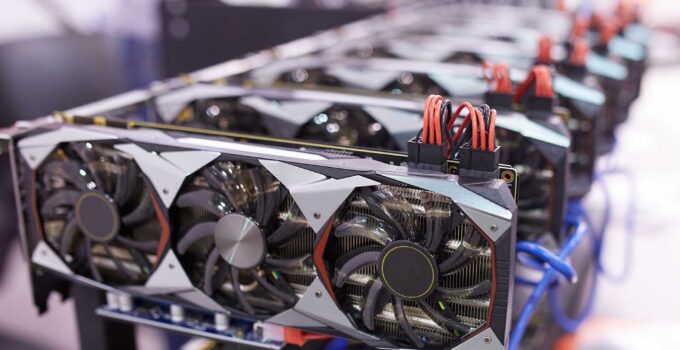The cryptocurrency mania began with the development of Bitcoin in 2008. Simply put, cryptocurrency is a type of digital currency that enables users to execute transactions more seamlessly. The production of currency units is regulated using encryption techniques.
The industry employs a decentralized technology known as the blockchain that engages every computer in the network to confirm transactions implemented by different users.
As a result, cryptocurrency employs various computers worldwide to help the blockchain execute transactions. However, in return for using their hardware, individuals are compensated by cryptocurrency. Therefore, people are now employing supercomputers to “mine” or “hash” cryptocurrency.
If you have a computer with considerable power, building a cryptocurrency mining rig shouldn’t be too difficult. Continue reading for some helpful tips on how to create a cryptocurrency mining setup.
What is the Definition of a Mining Rig?
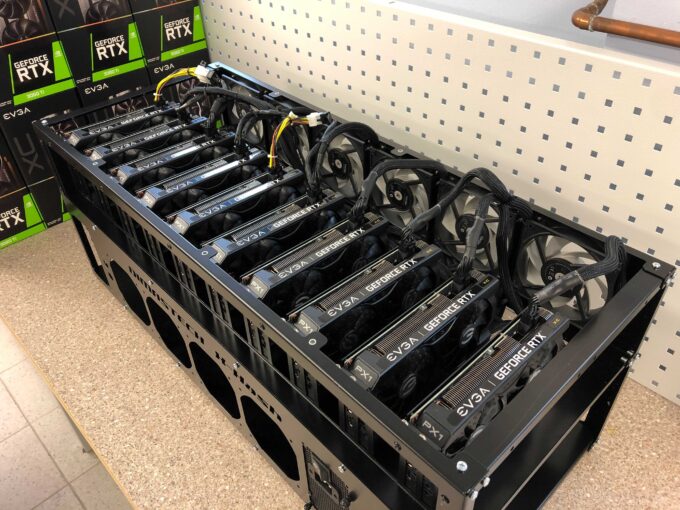
Source: nicehash.com
A mining rig requires a computer with additional graphics cards (or GPUs). Because there isn’t enough room to fit that many GPUs in a typical PC casing, a mining setup doesn’t have one. Overheating is a common problem with standard PC chassis, resulting in GPU thermal throttling.
You can save money by using many GPUs with a single motherboard, CPU, disk, and memory, allowing you to invest in lesser GPUs.
While many people are making money through cryptocurrency mining, there are also people who are trading cryptocurrency and earning fortunes. If you are someone who wants to trade cryptocurrency and also wants to be aware of the activities in the cryptocurrency market, visit www.ibtimes.co.uk.
And, here are some tips if you wish to build a cryptocurrency mining rig.
1. Set Up The Motherboard Properly
Install the motherboard. Carefully place it on a leveled, non-static surface and insert the CPU component into the socket.
To mount your homemade cooler to the CPU:
- Apply the thermal paste. If you’ve never done it before, learn how to apply thermal paste to your CPU or GPU properly.
- Make sure the CPU fan isn’t messed with.
- Connect the CPU fan to the RAM through a 3-4 jack.
Screw the motherboard into place on the rig frame. Make sure the motherboard doesn’t come into contact with anything metal (since metal surfaces are conductive). Connect your SSD in place by connecting it to the motherboard.
2. Check The Hash Rate

Source: sofi.com
Your rig’s hash rate determines its power. It’s a measure of how many calculations your rig can complete in a single second. It is preferable to have a more considerable amount. On the other hand, high hash rates imply hefty power use, which means a high electricity cost. Therefore, it should be a significant aspect to consider for anyone considering building a mining rig.
3. Consumption of Energy
Cryptocurrency mining uses a lot of electricity. Therefore, keep in mind how much time it will take to set up vs. the projected return. Before making a purchase, check the hardware’s power consumption in watts to be safe. To calculate the energy usage of your hardware, divide the hash rate by the wattage of that device.
4. Cost of Hardware
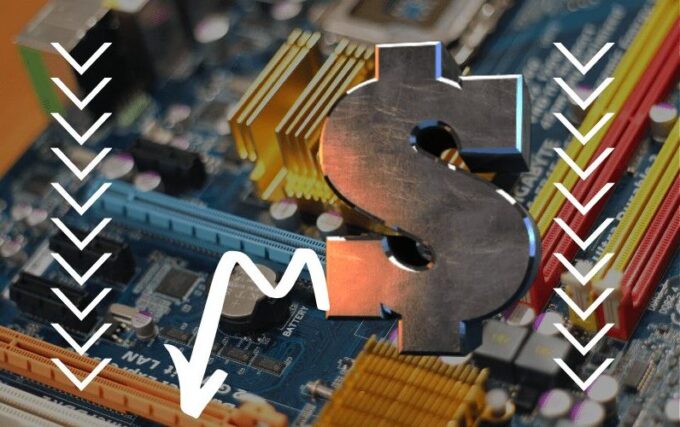
Source: justmyslide.com
It’s a good idea to think about how much the hardware you’ll be using will cost. The cost of constructing the rig should be proportional to the anticipated earnings. Look for low-cost, high-performance tools on the market.
During the crypto frenzy, mining equipment, such as ASICs becomes incredibly expensive. That is why, before investing in cryptocurrency mining, you should consider your return on investment. Sometimes, it is often cheaper to buy cryptocurrencies rather than mine them.
5. Maintenance
If you want to get the most out of your DIY-assembled mining setup, maintenance is essential. Consider the maintenance expenses, the frequency of maintenance, and how to execute it efficiently as you set up the rig to guarantee you get a return on your investment. Regularly checking things like the cooling system is necessary, so look for one that won’t break down quickly.
6. Cooling
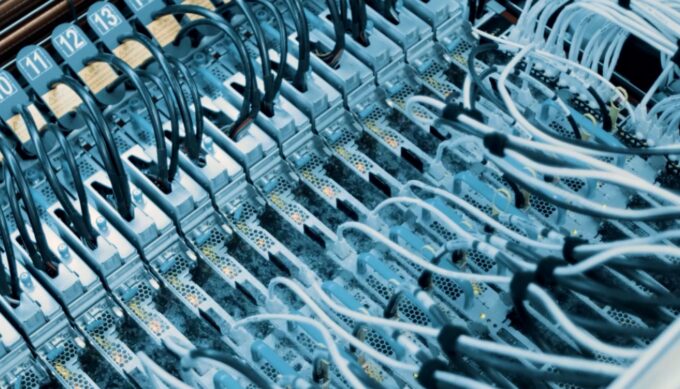
Source: news.microsoft.com
Another important consideration is where you want to establish your setup. It is crucial because you want your equipment to be in a well-ventilated area so that it can cool down more quickly. Because GPU setups tend to overheat, it’s critical to keep them in a cool environment.
The GPU should be able to run at a comfortable temperature. Cooler rigs will produce more output, which is what we want. You can also utilize an air conditioner, air duct boosters, or oscillating fans to keep the room cold.
7. Choosing A Mining Software
Mining software is in charge of the actual mining operation. The software connects your computer to the blockchain and transforms it into a mining node or miner if you’re mining solo. If you mine with a pool, the software connects you to the group’s already found block (see next section).
The software’s primary job is to disseminate the mining hardware’s work to the rest of the network and accept completed work from other miners. It also shows the speeds of your miner and fan, as well as the hash rate and temperature.
Reading internet reviews regarding the features, reputation, and ease of use may assist you in selecting the ideal software.
8. Choosing A Mining Pool
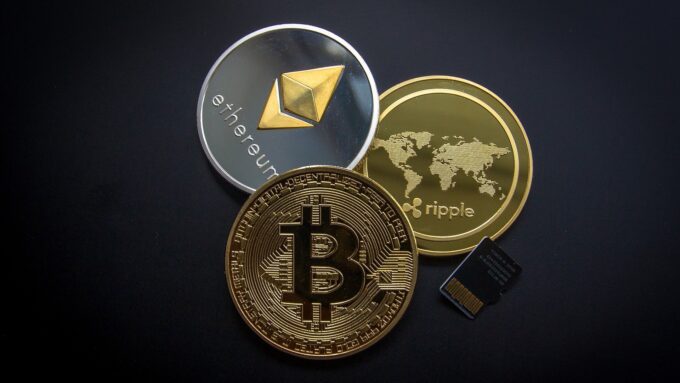
Source: htxt.co.za
A mining pool is a site where regular miners who don’t have access to large mining farms can pool their resources and share their gains. Joining a mining pool rather than tackling it alone will help you receive answers to arithmetic problems faster. You are compensated in proportion to the amount of labor you do.
The appeal of mining pools is that they spread out the payouts and make them more predictable. You will only be rewarded if you find a block on your own if you decide to fly solo. Solo mining isn’t a good idea because your computer’s hash rate may not be quick enough to find a block on its own.
When you’re ready to join a mining pool, it’s a good idea to do some research online to choose one that fits your needs. It is because the market, as well as the infrastructure and participants, are constantly evolving.
Conclusion
To recap, internet trading is quite simple, and various exchange platforms cater to a wide range of customers, including beginners. On the other hand, Bitcoin mining is an excellent option for anyone who wants to stay connected to the blockchain network for a long time. So, consider these factors and your financial goals and costs when making a decision.

